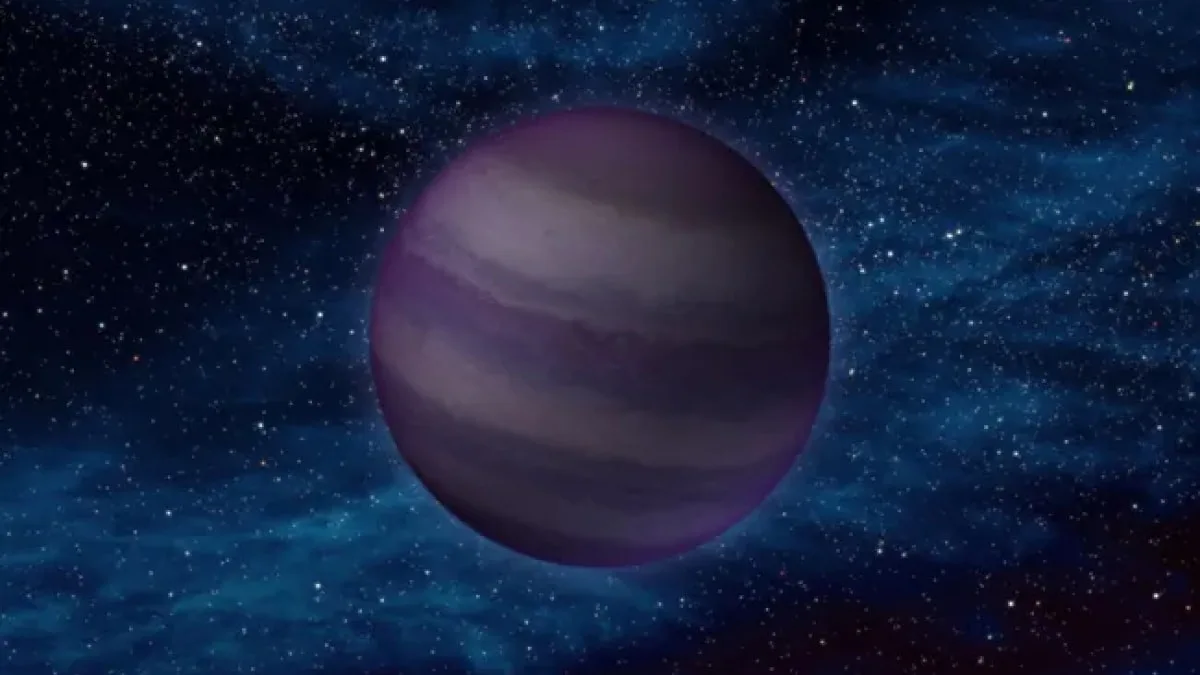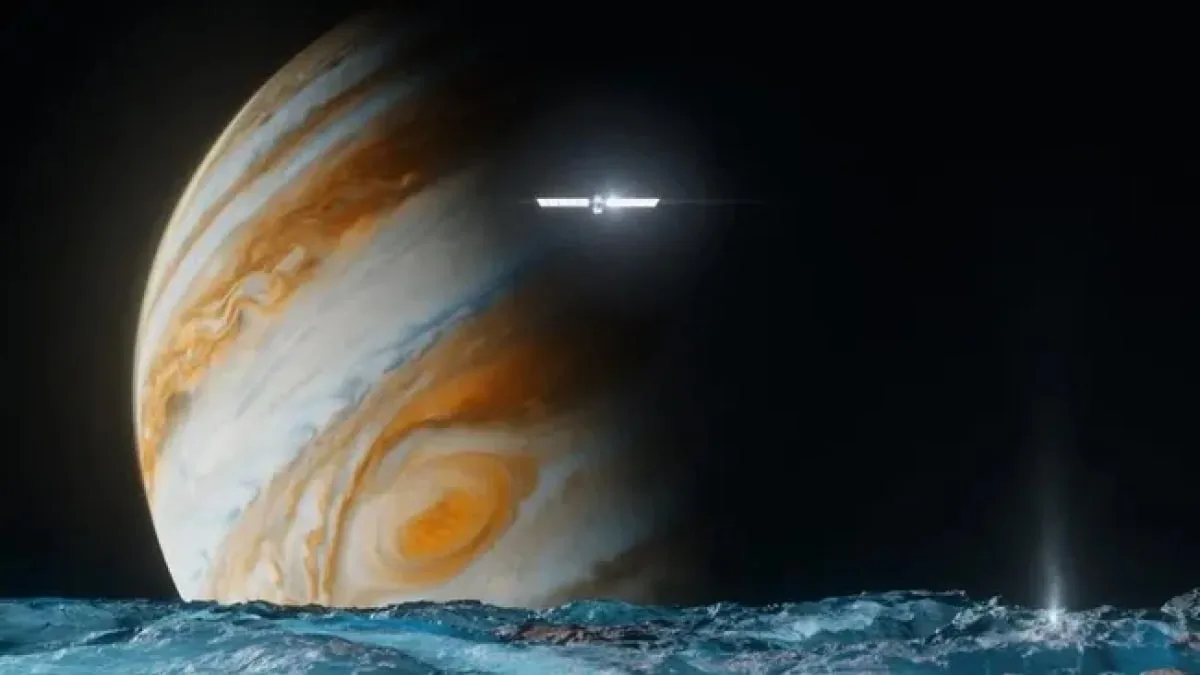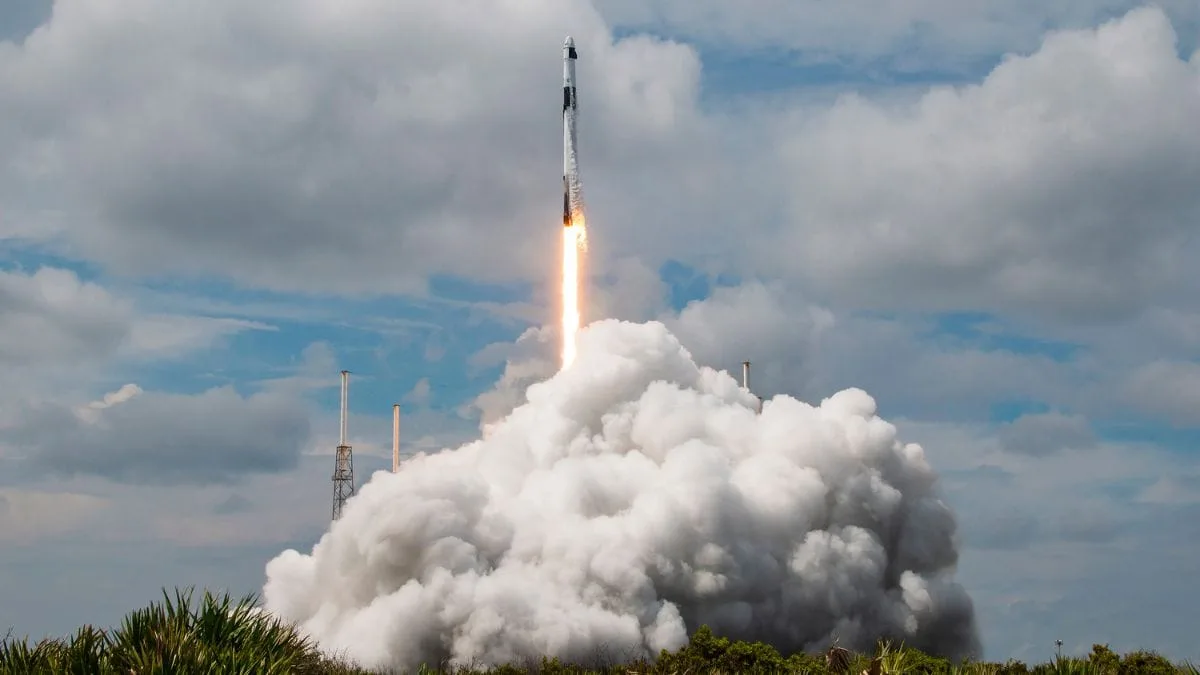A celestial body found three decades ago has now been identified as a pair of brown dwarfs orbiting each other, a recent study has revealed. The object, previously known as Gliese 229B, was the first brown dwarf discovered 30 years ago. Brown dwarfs are considered too large to be planets yet too small to ignite […]







